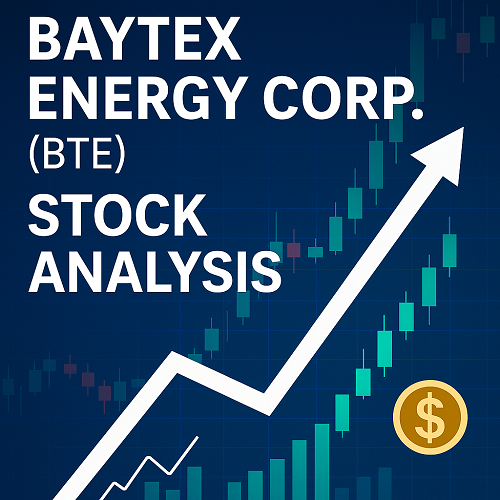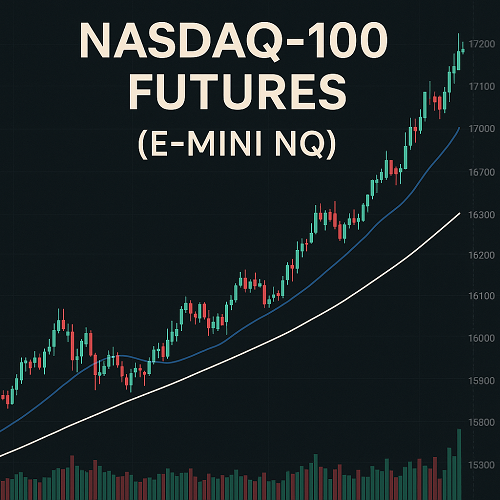In this comprehensive article, we analyse MercadoLibre, Inc. (NASDAQ: MELI) — the leading e-commerce and fintech platform in Latin America — with the goal of providing long-form insight that goes beyond surface‐level commentary. If you’re looking to understand whether MELI is a compelling stock for 2025, you’ll find detailed examination of business fundamentals, market opportunity, financials, valuation, and both the upside and the risks.
Our aim is to deliver actionable, high-quality content that competes with existing coverage — and outperforms it in depth, clarity, and strategic relevance.
Company Overview & Business Model
MercadoLibre, founded in 1999, is headquartered in Buenos Aires, Argentina. It operates a dual-pillar business model:
- Marketplace & Commerce: Its e-commerce platform (often described as the “Amazon of Latin America”) connects buyers and sellers across multiple Latin American countries.
- Fintech / Payments: Through its subsidiary operations (notably Mercado Pago), it provides payments, credit, wallet services, and other financial-tech offerings.
This integrated ecosystem allows MercadoLibre to monetise both commerce transaction flows and the adjacent fintech services (including payments, lending, financial products). The combination gives it a competitive moat in Latin America, a region where online commerce and digital finance are still relatively under-penetrated.
Latin America Market Dynamics
For any long-term investor in MELI, the macro environment and regional market opportunity are hugely important:
- Ecommerce penetration in Latin America remains in the mid-teens percentage of total retail, meaning much growth headroom compared with developed markets.
- According to the company’s Investor Relations, forecasts suggest the Latin American e-commerce market could grow from approximately US$151 billion in 2023 to US$232 billion by 2028 — a ~54% increase.
- MercadoLibre has emphasised being not just an e-commerce player but also a retail-media/advertising potential platform, given its large user base and first-party data access.
In short: the region offers a multi-year tailwind for companies like MercadoLibre. The “digital leap-frog” of Latin America (in fintech, payments, online commerce) is a structural theme playing to MELI’s advantage.
Financial Performance & Key Metrics
Let’s dive into the numbers and key performance indicators for MercadoLibre.
Revenue Growth
- According to historical data, the company’s revenue has grown from roughly US$15 billion in 2016 to over US$26 billion in 2024.
- On recent quarterly performance: one report shows Q3 2025 revenue of US$7.41 billion, representing approximately +39.5% year-on-year growth.
Profitability & Margins
- While revenue growth remains strong, profitability has been more uneven — certain years had losses or weak margins. For example land in early years negative net income.
- Some recent reports suggest the company is improving free‐cash-flow margin: e.g., free cash flow margin of 59.6% mentioned in one analysis.
Valuation & Ratios
- The company trades at a relatively high P/E: for example around 51.9× trailing earnings according to Yahoo Finance.
- Market capitalisation: roughly US$100 + billion in recent data.
Summary
In summary, MercadoLibre is growing quickly, benefiting from structural tailwinds in Latin America. However, the high valuation and margin/investment dynamics mean the risk–reward calculus needs careful consideration.
Growth Drivers and Competitive Advantages
Here are the key factors that make MELI attractive — and the reasons why the company may sustain strong performance.
Ecosystem & Cross-Selling
The combination of e-commerce + payments/fintech gives MercadoLibre a durable competitive advantage: once a user transacts on the marketplace, they may use Mercado Pago, then take credit/loans via the platform, thus increasing wallet share.
Large Untapped Market
As noted above, penetration of online commerce and digital payments remains low in many Latin American countries — this gives a long runway. The company itself emphasises this.
Logistics and Last-Mile Infrastructure
Investments in logistics, fulfilment, warehousing, and shipping are material for e-commerce success. MercadoLibre’s ability to service remote areas, deliver reliably, and build brand trust will differentiate it from lesser players.
Fintech Momentum
The fintech arm (Mercado Pago) enables value capture beyond just the marketplace. In emerging markets, many consumers are “under‐banked” or shifting directly to digital payments — MercadoLibre is well-positioned here.
Strong Brand & Market Leadership
In many Latin American markets, MercadoLibre is the dominant player (or among the very few). This leadership gives scale benefits, seller/network effects, and data advantages. For example, one analysis notes that MercadoLibre has “effectively a two-player market” in some segments vs competitors.
Risk Factors and Headwinds
No investment is without risk — here are the major headwinds facing MELI.
Macroeconomic & Currency Risk
Latin American economies frequently deal with inflation, currency devaluation, regulatory changes and political risk. These factors can affect consumer demand, cost of operations, and translate into unstable earnings.
High Valuation
At ~50×+ P/E and significant expectations priced in, there is limited margin for error. If growth slows, the valuation may suffer.
Competitive Pressure
Though MercadoLibre is a market leader, global e-commerce and fintech players are moving in (e.g., Amazon.com, Inc. in Brazil, Sea Limited, local platform challengers). One article noted the company is expanding free-shipping thresholds in Brazil to fight competition.
Investment Requirements & Margin Pressure
Rapid growth often requires large capital expenditures (logistics, tech, marketing), which can compress margins. One report noted that while revenue growth is strong, return on equity (ROE) is lower for the peer group.
Currency & Inflation Impact
Reporting in USD when operations are in multiple LatAm currencies means that currency swings can affect translated results and profitability. Also, inflation in local markets can raise costs.
Valuation and Investment Considerations
From an investor or trader’s perspective, what are the key take-aways on valuation and whether MELI is a buy, hold or avoid?
Valuation Summary
- The stock trades at a premium relative to many growth peers given its strong growth expectations.
- Given the growth runway, investors are essentially paying for future expectation of scale, dominance and monetisation of fintech.
- If MercadoLibre can deliver mid- to high-30s% revenue growth for a few years, then the premium might be justified. If growth decelerates, risk is elevated.
What to Monitor
- Growth rates (top-line) in key markets (Brazil, Mexico, Argentina): deceleration would be a red flag.
- Profitability/margins: are operating margins improving despite heavy investment?
- Fintech monetisation (i.e., what % payments, loans etc contribute to revenue and margins).
- Capital spending and debt/cash flow: ensure the growth investment is sustainable without undue dilution or risk.
- Regulatory and currency developments in Latin America.
- Competitive developments (entry of Amazon, Shopee, Temu).
Investment Conclusion
For long-term oriented investors comfortable with emerging‐market risk and seeking exposure to Latin America’s digital economy, MELI presents a high-growth opportunity. But for more conservative investors or those seeking lower risk, the elevated valuation and regional risks may warrant caution, or waiting for a pull-back or improved margin proof. Traders may find opportunities around earnings or market-sentiment swings, but should use risk control given the volatility.
Technical/Trading Perspective for MELI
From a trading standpoint (which may interest you as you mentioned your background in market/op operations):
- Given the high premium valuation, consider setting clear stop-loss levels and risk/reward thresholds.
- Watch for earnings announcements or macro/Latin America news as catalysts (positive or negative).
- Use the stock’s beta (~1.4) and liquidity to assess risk: according to Yahoo, beta = 1.41.
- Consider option strategies if comfortable: unusual options activity has been noted for MELI.
- Because of foreign-market exposure, monitor currency and macro news in Brazil, Mexico and Argentina as indirect drivers.
Conclusion and Outlook
In summary:
- MercadoLibre is a compelling growth story: dominant in Latin America e-commerce and fintech, with a large addressable market and structural tailwinds.
- But the valuation is elevated, and the company faces real risks (macro, currency, competition, execution).
- For 2025 and beyond, if MELI can maintain 30 %+ growth, improve margins, and monetise fintech more heavily, the upside remains solid.
- On the other hand, any significant slowdown or adverse macro shock could lead to a sharp re-rating.
- As such, an investor/trader may approach MELI with two mindsets: a) long-term buy for those comfortable with risk; b) tactical/trading play for shorter-term moves but with strict risk management.
Disclaimer
This article is for informational purposes only and does not constitute financial or investment advice. Always consult with a licensed financial advisor and conduct your own due-diligence before making investment or trading decisions. The markets are subject to risks, including loss of principal.





 XAUT-USD
XAUT-USD  AMD
AMD  MARA
MARA  SHOP
SHOP  BULL
BULL  CL=F
CL=F